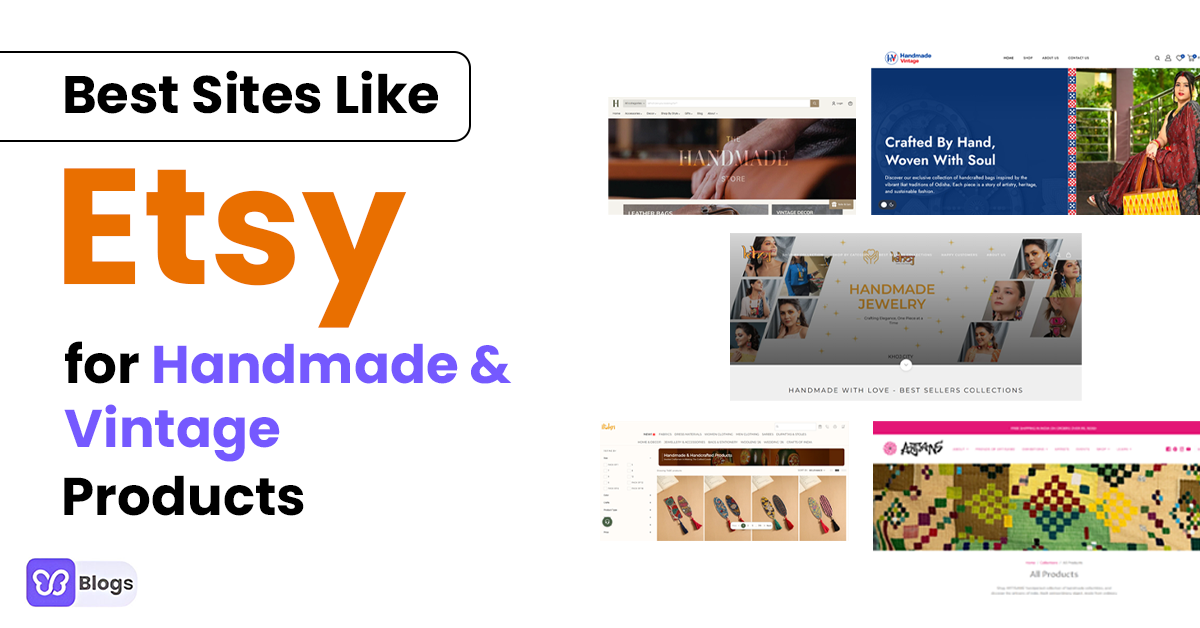It is one thing to know what a conversion is and how to calculate your ecommerce website’s conversion rate, but actually managing to improve your conversion rate is a whole other ball game.
Keep in mind that conversion rate optimization (CRO) is about getting the most out of the traffic that you already have coming to your store from your digital marketing efforts.
For example, even without increasing traffic to your site, improving your conversion rate from 2.5% to 5% will double your conversions. This is why if you’re not optimizing your conversion rate, you are wasting money while leaving even more on the table.
Here are four key steps to follow in executing an effective conversion rate optimization strategy:
1. Gathering Data
This involves taking a comprehensive look into the existing analytics data that you have from the website with the aim of gaining a thorough understanding of the following core ecommerce marketing metrics:
- How much traffic the website receives
- What demographics the website typically attract
- Where most of your conversions currently come from
- Where the most common drop-off points in your funnels are
- Which micro-conversions contribute the most to your top-priority macro-conversion
- What technology users typically use (in terms of choice of browser, and desktop vs. mobile)
- How do existing customers feel about your products, web design, and the website as a whole
Some great conversion analysis tools that can help you analyze your current conversion rate issues include HotJar, Quantcast Measure, Google Analytics, Qualaroo, and BigCommerce Analytics. Survey tools to use for feedback include JotForm Survey Maker, Qualtrics, Zoho Survey, SurveyGizmo, SoGoSurvey, and Survey Monkey.
2. Making Hypotheses
This is the step where you take the data you gathered in the previous one and use it to figure out what you need to test. All good conversion rate optimization is rooted in having solid hypotheses to guide your testing exercises.
Remember that in coming up with a hypothesis, it is absolutely critical to know what success looks like and therefore, how to tell if the test result is a positive one. Here are some key guiding questions:
What Are You Testing?
Go through the data and look for common trends. A solid place to start is to look at the most common customer objections to figure out what is common amongst them.
For example, if a common theme of the customer feedback you collected in your online surveys was around the safety of personal payment details, you can make a hypothesis that adding more cybersecurity signals to the checkout process will raise the trust people to have in your website and make them more likely to complete their transactions rather than abandoning their carts.
Who Are You Testing?
It is vital to understand the differences in the types of people who visit your ecommerce website both in terms of demographic and in terms of which stage of the buying cycle they are currently in.
For example, new customers shouldn’t be put in the same test as returning ones as they have different mindsets.
Although it’s impossible to segment everyone perfectly, you should follow best practices in tracking and segmenting users. Key metrics you can use as a starting point for your segmentation include engagement, acquisition source, retention, average visits per user, and customer journey milestones
Another segment that is often useful to focus on when it comes to ecommerce marketing is the browser used. This can really help with unearthing any bugs your website may have with certain browsers.
Where Are You Testing?
Inputting your hypotheses together, you will also need to make some informed guesses about which elements of your ecommerce website have the greatest influence on your conversion rate.
Some of the most important areas you can look at first include your headline, product descriptions, layouts, calls-to-action (CTAs), checkout process, and media (pictures, videos, animations, etc.).
This is why it’s important to have a high-converting ecommerce theme like the Debutify Theme.
3. Conducting A/B Tests
Once you've gathered data from your website and customers, and used it to form hypotheses on what to test as well as whom and which parts of your website to test them on, the next step is to get testing.
A/B testing is the easiest and most effective way to go about testing your CRO hypotheses.
An A/B test simply involves setting up two different variants of a page (A and B) and splitting your traffic in half between them. Splitting your traffic is where you will need the help of some kind of CRO software.
Some affordable yet highly effective options you can try first before exploring more expensive, more advanced ones include Google Optimize, Unbounce, Optimizely, and Visual Website Optimizer.
All these testing platforms are packed with features designed to enable you to test different versions of your website or specific web pages to see which version produces the best conversion rate.
A/B testing is particularly useful for choosing between two themes to figure out which one is a high-converting ecommerce theme.
4. Assessing Results
This is the part where you ask yourself, “Was the hypothesis correct?” However, before you even bother answering this question, you need to make sure that statistical significance has been reached i.e. that your testing gathered a wide enough sample space to make reliable conclusions.
Fortunately, most A/B testing tools, including the ones listed above, will report on if significance has been reached or not.
If your hypothesis was correct and the test was a success i.e. it produced more conversions, then you need to start putting together a plan with your website developers to transplant the successful design from whatever A/B testing tool you were using and deploy the changes directly on your website.
If your hypothesis wasn’t correct, don’t give up. Pick whatever lessons you can and use them to shape the next test. Keep track of all the data you gather from failed tests as it can be very useful in the future for your digital marketing efforts.
Conclusion
Conversion rate is one of the most important metrics as far as ecommerce marketing (and digital marketing as a whole) goes because it tells you what percentage of your traffic is actually doing what you want it to do.
It doesn’t matter how many clicks your website is getting, if those clicks are not producing the conversions you need, something is wrong.
On top of the above steps to implementing an effective conversion rate optimization strategy, here are 12 more ways to boost your ecommerce conversion rates that are worth keeping in mind:
- Use high-quality images and videos as well as detailed descriptions on your product pages
- Offer free shipping, as most ecommerce customers are now used to this Amazon standard
- Offer limited-time coupon codes to create a sense of buying urgency in your customers
- Use cart abandonment software to follow up on users who have shown some buying interest
- Highlight your cybersecurity features to let customers know for sure that your store is safe
- Allow users to checkout without signing up for an account to make buying from you easier
- Allow customers to review products and provide product testimonials whenever possible
- Highlight your “Add to Cart” and “Checkout” buttons so that they are always easy to find
- Have a great product return policy to create a sense of trust among potential customers
- Optimize your website for mobile devices as most internet traffic now comes from mobile
- Use chatbots to help your customers quickly get answers to their questions at any time of day
- Add progress bars to your checkout process so that customers always know what’s left to do
All the above are easier to implement when you have a high converting theme such as the Debutify theme installed.
Check out the 13 Best Apps that can Boost Your Conversion Rates!





